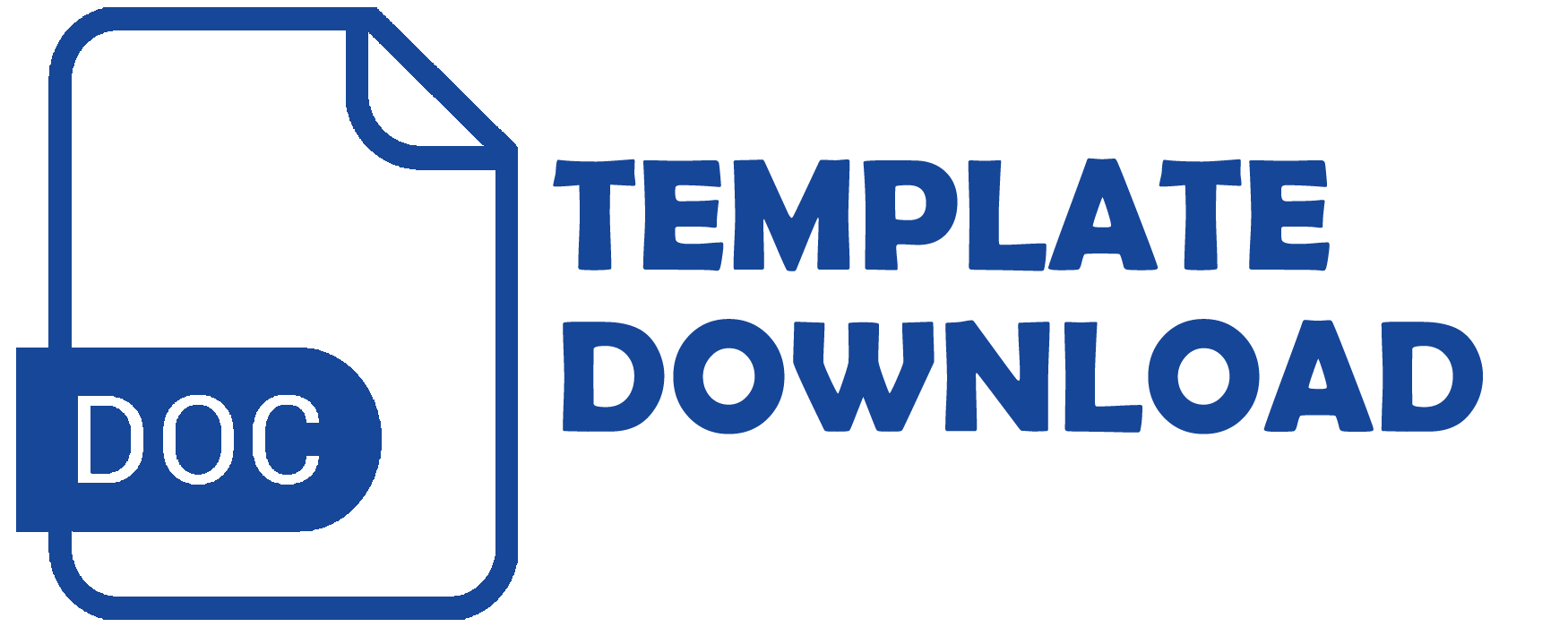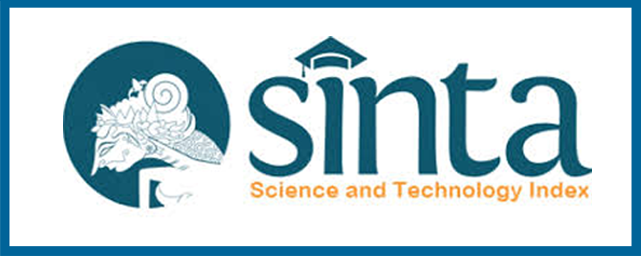ANALISIS KETERSEDIAAN DARAH SESUAI SEGMENTASI UMUR, GOLONGAN DAN RHESUS DARAH DENGAN METODE K-MEANS CLUSTERING
Keywords:
Age, Blood Donation, Blood Donor Unit (UDD), Blood Type and Rhesus, Donor Recapitulation, Donor Segmentation, Healthcare Services, Indonesian Red Cross (PMI) Kota Jambi, K-Means Clustering, Microsoft Excel, RapidMiner StudioAbstract
The Indonesian Red Cross (PMI) is responsible for the management and distribution of blood in Indonesia, including the Blood Donor Unit (UDD) of PMI Kota Jambi, which plays a crucial role in maintaining the availability of blood for 21 hospitals in Kota Jambi, Muaro Jambi, Batanghari, Tanjung Jabung Timur, as well as hospitals in South Sumatra. However, UDD PMI Kota Jambi can only meet around 81% of the monthly demand, which ranges from 1,900 to 2,100 blood bags. The purpose of this study is to analyze the decrease or increase in the number of donors according to age segmentation, blood type, and rhesus, to be used by UDD PMI in enhancing blood availability programs. This study employs the K-Means Clustering method with data attributes in the form of donor recapitulation data based on age segmentation, blood type, and rhesus monthly from 2021 to 2023. The dataset was obtained from UDD PMI Kota Jambi, consisting of donor recapitulation data from 2021 to 2023 on a monthly basis. Data calculations were performed using the RapidMiner Studio and Microsoft Excel applications. The output generated is a grouping of blood donors per month according to age segmentation, blood type, and rhesus. The results of this study can serve as a reference for recommendations to improve the blood availability program by UDD PMI Kota Jambi.






